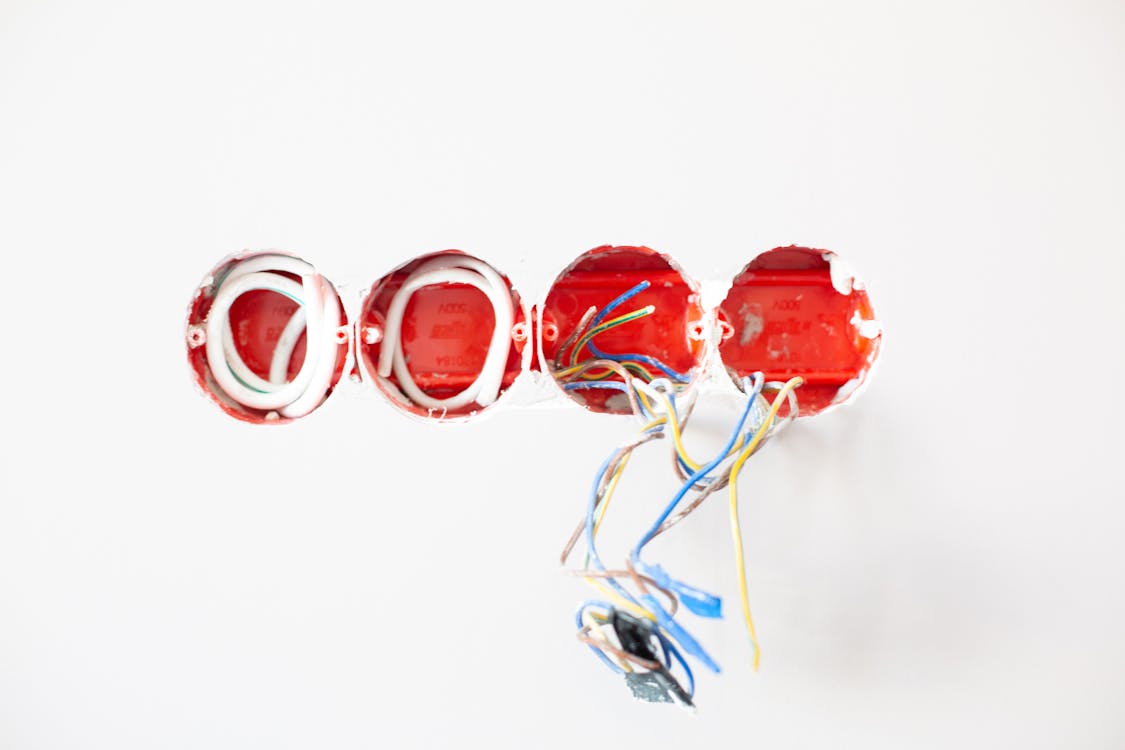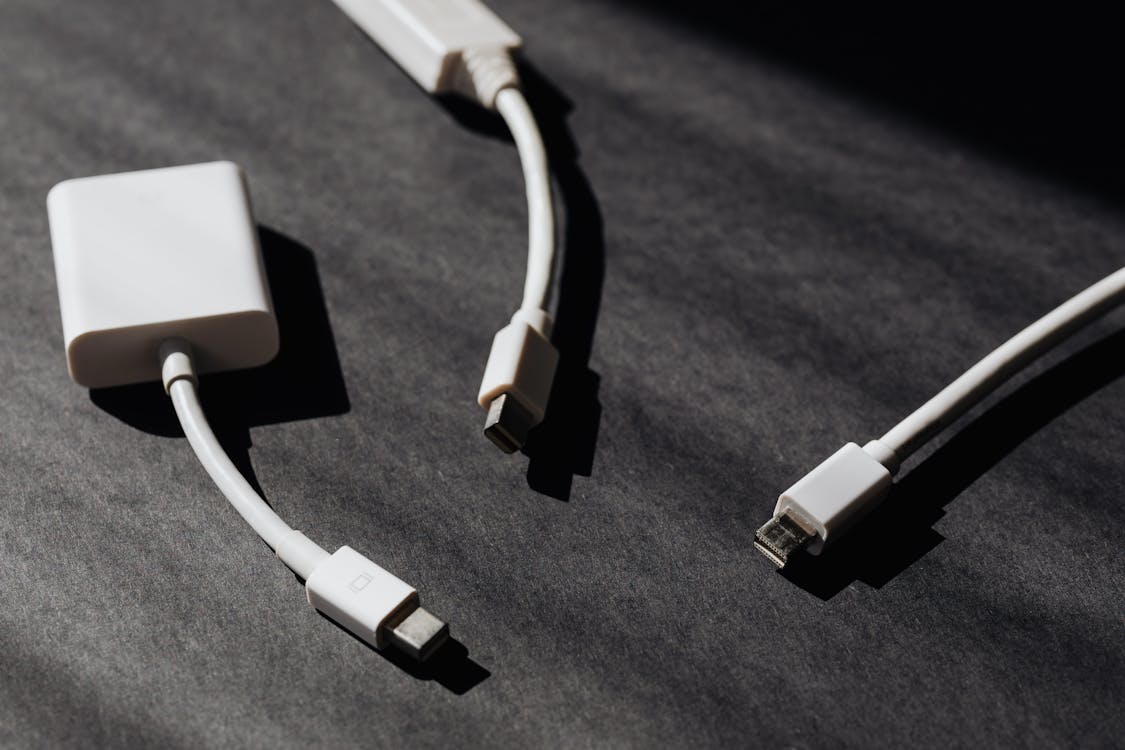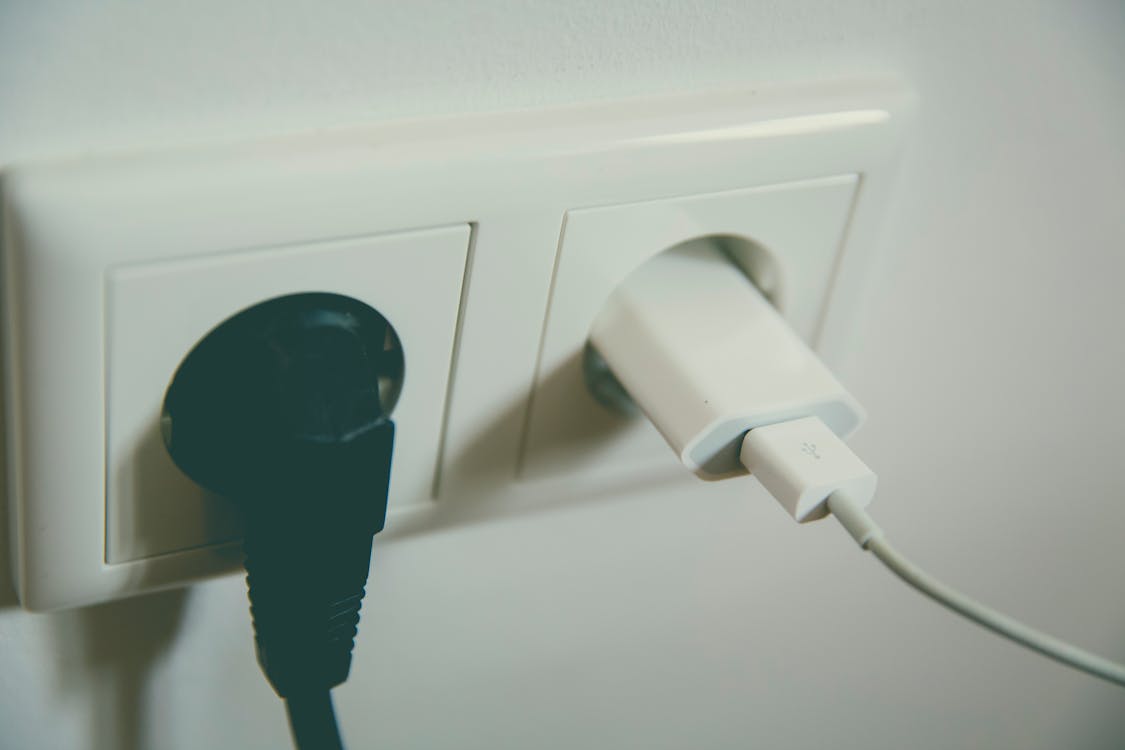Electrical outlets are a vital part of your home, and people use them to plug in different devices. You must choose suitable electrical outlets to get the most out of them and create a functional home environment. All of your outlets might look the same, but they aren’t.
Every type has its uses, features, and caricaturists. In other words, the outlets in your living room aren’t suitable for your bathroom equipment. Not only does this ensure your devices will function normally for a long time, but it also prevents any safety hazards.
This guide will discuss all significant outlet types, their characteristics, differences, and operations. We’ll help you choose the right option.
What are electrical outlets?
Electrical outlet plugs are also called plugs, outlets, electrical sockets, wall plugs, and plugs. They let you connect electrical devices to an electrical grid, supplying alternating currents to the electrical device through the aforementioned electrical grid.
Electrical outlets can be generally divided into two main categories:
- Industrial outlets
- Domestic outlets
Even though it might not look like that initially, the outlet plug wiring is part of a loop wire. When you plug an electrical device into the outlet, you complete a loop, and electricity starts flowing through the loop. Simply put, both sides of the outlet are terminals.
How outlets work

Electricity requires a circuit to work. Electrical outlets are the source of electricity for various appliances. You create a circuit when you plug in the device in the socket. Power lines bring electricity to every house from different power plants.
This power enters your home and gets distributed accordingly using a circuit breaker. All of the outlets are connected to the circuit breaker with wiring. Most outlets have three holes, the first being the “neutral,” the second “hot,” and the third being the ground hole.
The hot one is connected to the electrical current with the wire. The neutral hole is connected to the wire, bringing an electrical current to the box. When you plug a device into the outlet and turn it on, the hot hole gives electricity to it.
Types of electrical outlets
Here are some of the most used electrical outlets today and how they work.
- Smart outlets
These are the modern outlets with mechanisms that monitor power consumption. Smart outlets can be switched on or off automatically. They run on a schedule for lawn sprinklers or other applications.
Smart outlets also prevent power leakage and make your home energy-efficient. They can often be controlled via Wi-Fi and other protocols. All of the operations are managed using a mobile phone.
- USB sockets

Modern electrical devices usually have USB sockets for charging. The most common example is mobile phones. That’s why we are witnessing the growth of USB outlets that can directly charge these devices without extensions or third-party charging stations. The cables can be inserted directly into the wall for charging tablets, smartphones, or other devices.
- Switched sockets
Switched outlets can be turned on or off. Switched outlets are best when you need to keep a device plugged in at all times but you need to turn the outlet on and off. These units have sockets connected to a switch. This switch allows you to cut off the circuit without unplugging the device from the outlet.
- AFCI outlets
AFCI stands for Arc Fault Circuit Interrupter outlets. They can detect unsafe levels of heat created through arcing. AFCI outlets have an integrated breaker that deactivates the whole socket in case of excess heat. They are installed in bedrooms and sleeping areas to prevent accidents.
- GFCI outlets
GFCI is short for Ground Fault Circuit Interrupter. These sockets are designed for areas close to water sources, including laundry areas, bathrooms, kitchens, and crawl spaces. GFCI sockets constantly monitor the flow and cut down power in case of a current surge. Outlets in contact with water result in a power surge that could shock people.
- 20A/250-volt sockets
Some of the largest household appliances like shop equipment, air compressors, and ACs need high amounts of power. These outlets offer stable power while ensuring safety. 20A/250-volt sockets require a double-pole circuit breaker to ensure safe operation.
- 20A/125-volt sockets
20A/125-volt sockets have a larger power draw but are lower than the previous type. 20A outlets work perfectly with appliances like kitchen gadgets, stoves, microwaves, refrigerators, etc. They have a horizontal slot located next to the vertical ground slot.
- 15A/120-volt sockets

These are the most common outlets you can find in any home. There are two-prong versions with two connection slots and an ungrounded connection, while the three-prong versions come with a ground pin to prevent electric shock. 15A outlets are the cheapest option and should be used only with low-consumption devices.
Conclusion
Take the time to consider all of the options when installing electrical outlets. Consider how you will use them and ensure you’ve installed sockets that handle your needs. This is a matter of energy efficiency, device longevity, and sometimes even life or death.




















+ There are no comments
Add yours